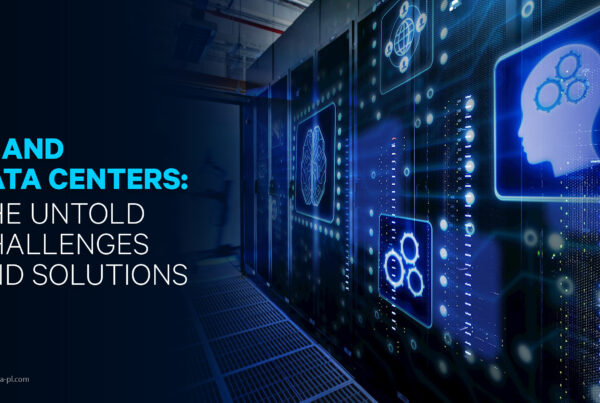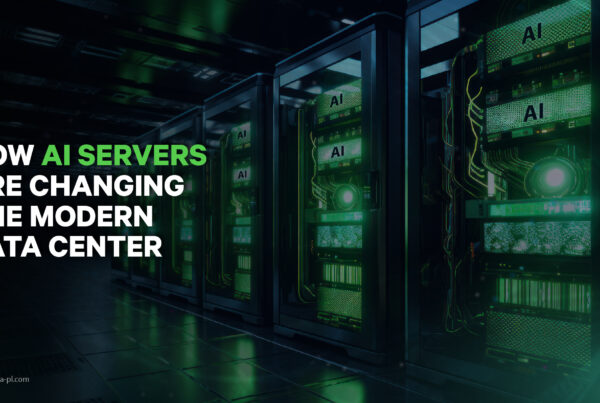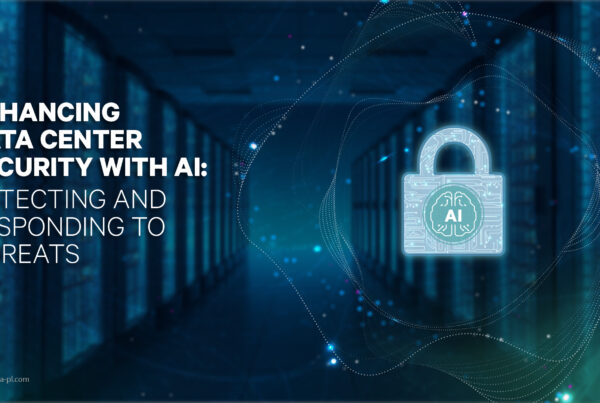In the last decade, cloud computing has gained a lot of momentum, but the recent requirements and emerging workloads have started to reveal the cloud’s shortcomings. There has been limited awareness among cloud developers regarding the requirements needed to support the nodes which are resource constrained, which are reachable only over bandwidth limited, and unreliable network connections. The newer technologies demand high bandwidth, low latency, and widespread computing capacity to be available at various locations. The emerging use cases, applications, and services call for a different architecture, built to give the traditional cloud system a distributed approach bringing cloud capability to remote sites.
A big cloud service provides storage and processing in centralized data centers, these data centers are scarcely spread out for a global operation, sometimes as low as one or two in a continent. These data centers are placed at the center of the cloud, which means the data has to transit through a few layers to be processed and stored.
There is a growing category of applications, latency-sensitive IoT apps, and security filters that need the cloud to delve deeper into the network, closer to the user at the edge. Although latency is cited as the number one reason that necessitates the clouds shift to the edge, the cost is also a big part of the equation.
The reduction in cost depends on a very simple rationale – when any of the applications run closer, not only the processing becomes faster, but the data needs to traverse for a shorter span on the network, in turn, reducing the resources utilized and bringing down the cost incurred in transit. Unlike the current centralized cloud architecture, where the data travels hundreds and thousands of miles on network fiber to and from the end user, resulting in transportation costs and potentials for the delay.
Propelled by the need to get applications and data closer to the end user, the Edge Cloud will consist of a layered infrastructure of increased data centers which will be scaled down and placed at a shorter distance from end users. It will connect the centralized cloud with users around the world. Edge cloud will bring together the advantages of cloud and data center, furthering the new age technologies and augmenting the experience of the end user.
It is expected that over the next few years, most of the applications will shift to the edge in a new breed of data centers scattering the processing of the cloud around the globe. The impact will be so huge that we expect orders of magnitude more data centers providing content and applications to the user via shorter lengths of fiber and just a few network hops away.
In a concept like Edge Cloud, location is of paramount importance, and with the use of processes like Geo-analytics Edge Cloud Data Centers (Edge Nodes) will be placed in the proximity to the population centers and tele-dense areas of IoT device users for streaming videos, near smart cities for safety applications, close to healthcare facilities, and industries using automation.
References
https://www.ciena.com/insights/what-is/What-is-Edge-Cloud.html





